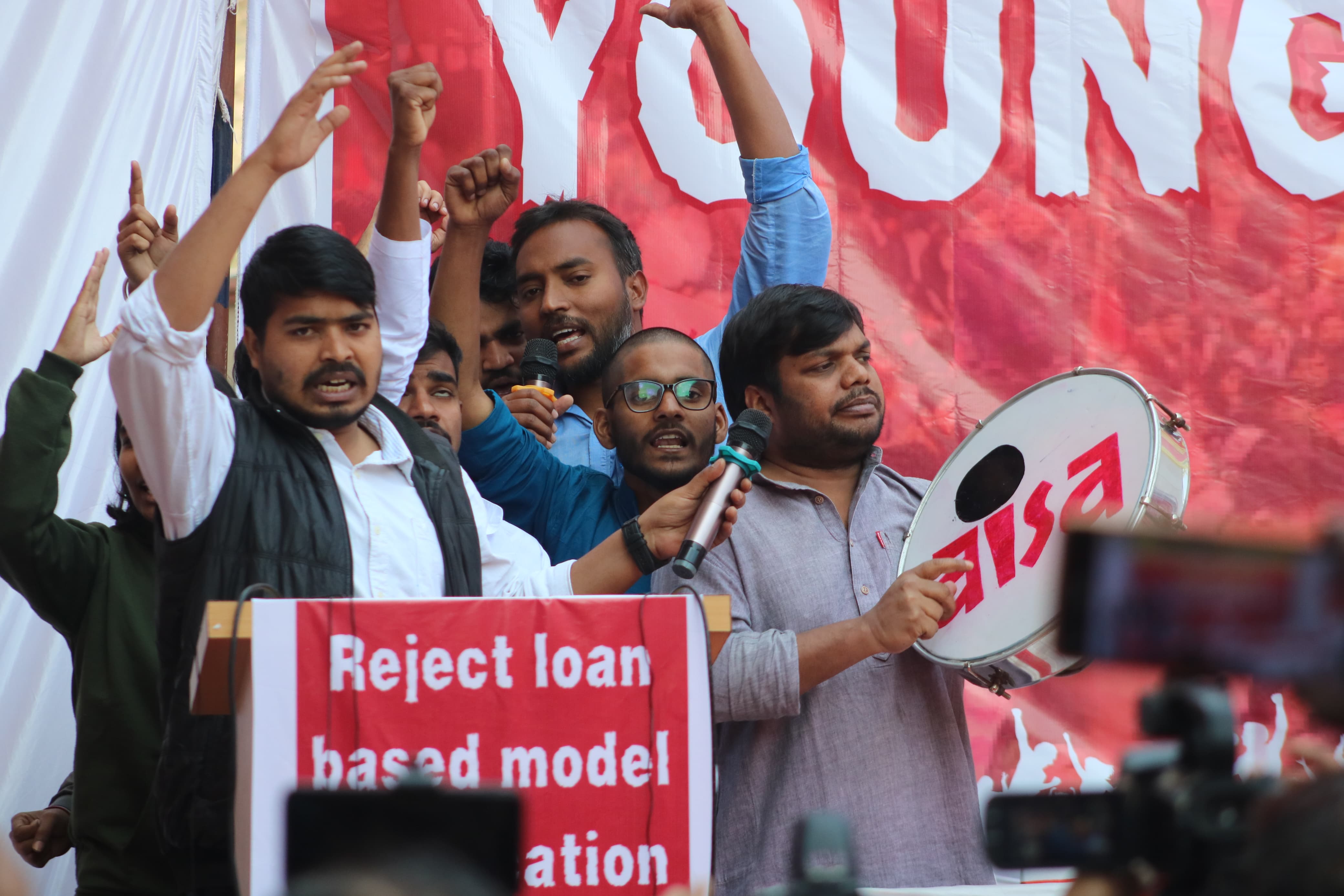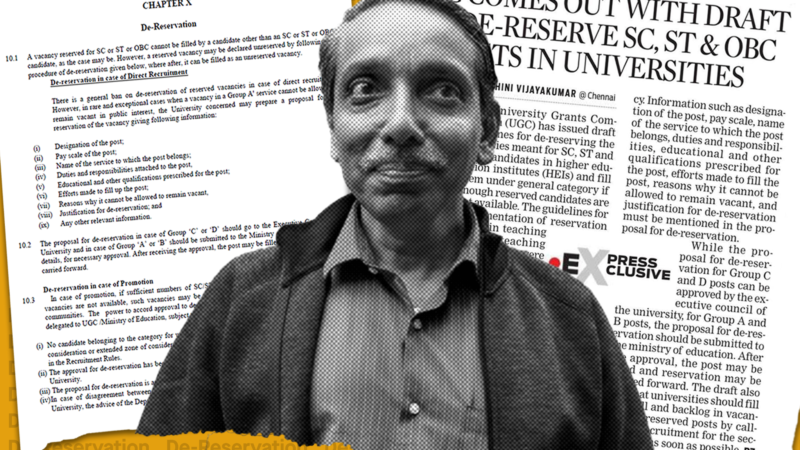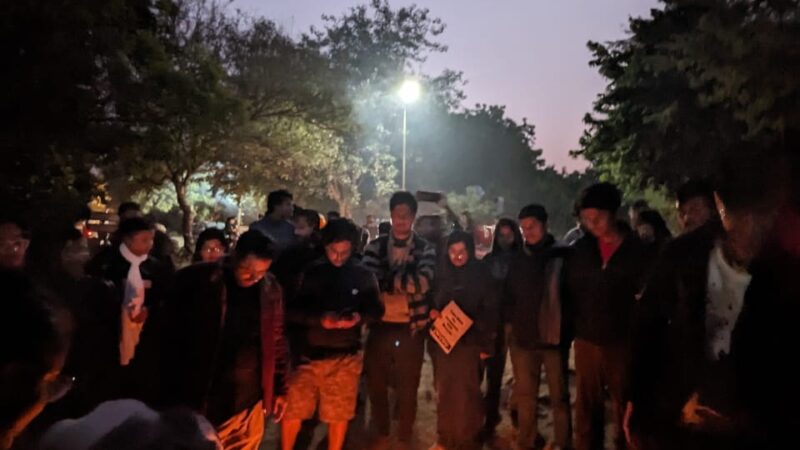Fertility Rate Dips Below Replacements Levels, The Myth of Overpopulation

While the BJP has often depicted rising population levels as a threat to national security, the National Family Health Survey-5 (NFHS-5) Phase 2 data showed that India’s fertility rate had dipped below replacement levels.
BJP leaders and other Sangh backed groups have been lobbying for a long time for the introduction of a ‘Population Control Bill’ aimed at controlling so-called dangerous levels of population growth. This was followed up by the Uttar Pradesh government introducing a Population (Control, Stabilisation, and Welfare) Bill, which politically disenfranchises couples with more than two children and also prevents them from accessing social welfare services.
Despite the proposed policy being panned by experts, BJP’s Rajya Sabha MP Kirodi Lal Meena recently emphasized on the need for a population control bill. He argued, entirely without any rigorously backed evidence, that “The demand for food products was increasing because of the population explosion… on the other hand, their supply is reducing. This is giving rise to adulteration, which is harming people’s health. Cases of serious diseases like cancer are increasing.”
Muslim Population Growth and Demographic Fears
Hindutva frames demographic change as a source of threat to ‘national security’, especially with respect to the ‘explosion’ of the Muslim population(s). Of course this isn’t a new fear, and has stuck around since the colonial era. U.N. Mukherjee articulated the fear of displacement of the ‘Hindus’ as the dominant religious demographic in the early 20th century, which the Sangh parivar continues to use.
The BJP’s policy making here is not driven by a scientific consensus on the issue of population growth and equitable distribution of resources, but rather an irrational fear of demographic ‘flooding’ that would see India’s Muslim population reach an eventual majority.
One source of this myth was the 2001 Census report on religion. Ashish Bose put these simplistic assumptions of population growth rates to rest by studying the data. He points out that the survey did not take into account the fact that no census was conducted in Assam in 1981 and in Jammu & Kashmir in 1991 (both of which have the highest percentage of Muslims among all states), which itself skewed data from later censuses. Moreover as socio-economic and geographical factors were not considered, the data itself was decontextualized.
Patricia Jeffery and Roger Jeffery have also demonstrated that while forced sterilization has been opposed by Muslims (as all sensible people should), there is no essential difference between Hindu and Muslim population growth rates when adjusted for other relevant factors.
Adverse Implications
Simply pointing out population growth as a reason for poverty and deprivation draws from colonial (and Malthusian) notions of demographics and have long been discarded by any scientific consensus. Such an approach diverts from the main problem of neoliberalism i.e. unequal growth and distribution of resources, which actually leads to the problem of deprivation. The effective result is mainly punishing the poor for having more children.
This is precisely what the UP Population Bill does. It penalises those having more than 2 children by barring their access to government employment, right to contest in local elections, loss of access to government-sponsored welfare schemes and limiting the amount of subsidised rations to only 4 persons per family. Not content with these harsh measures, the draft bill suggests that other measures can be taken up as well!
It has been pointed out that given social and cultural contexts in India, such a bill may have adverse impact on a wide variety of disadvantaged groups. Women have to undergo sterilization at a much higher rate than men do. It has also been pointed out that given the preference for a male child, such policies would result in highly unsafe sex-selective abortions contributing to further decline in the sex ratio.
– Article by Aishik





